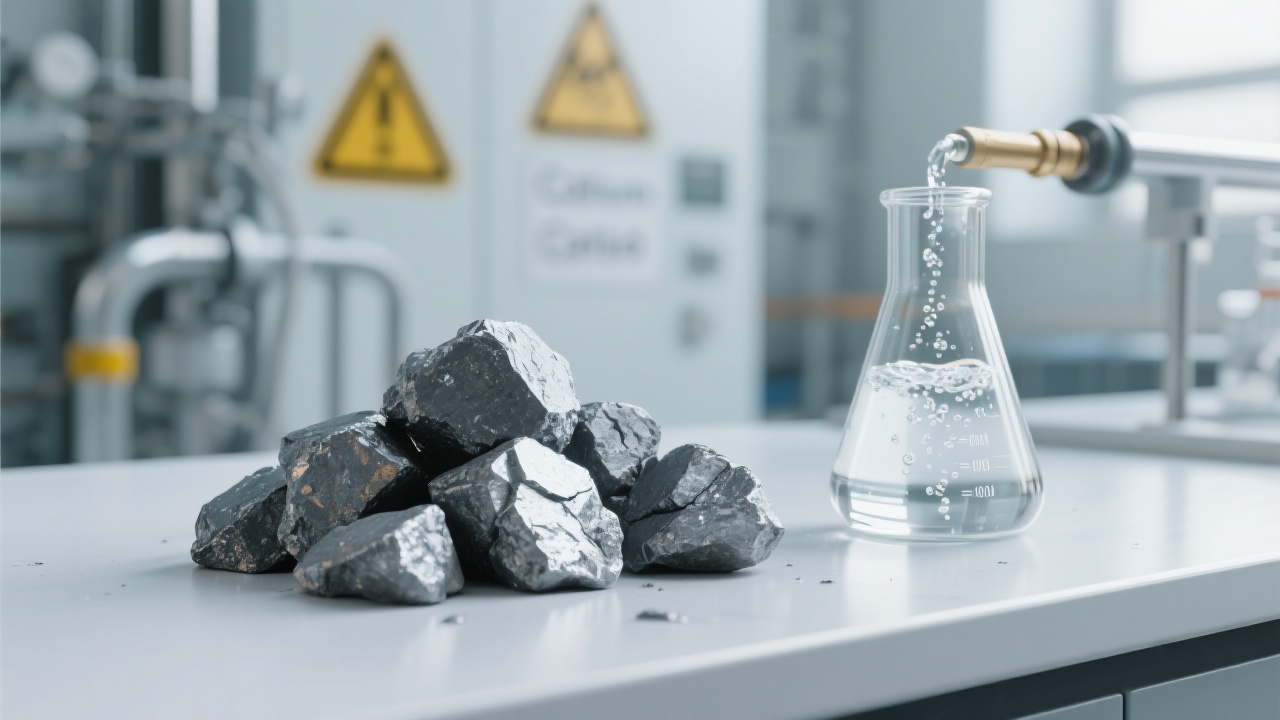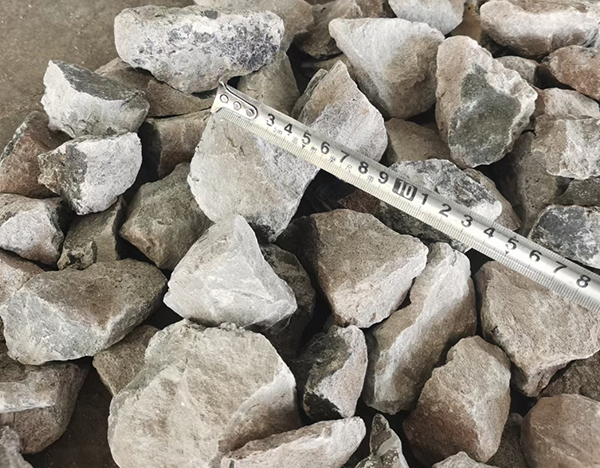Carbon Calcium Storage Safety: Essential Precautions and Emergency Response for Accidental Leaks
2025-08-12
Industry Experience
Understanding the hazards of calcium carbide storage is critical for chemical safety. This article outlines its reactive nature with water—producing flammable acetylene gas and heat—and provides actionable guidelines on maintaining dry, cool storage conditions (relative humidity below 75%), proper sealing, and segregation from incompatible substances like acids or alcohols. Real-world incident examples reinforce the importance of compliance, while practical tips such as regular inspections, emergency preparedness, and staff training help organizations enhance operational resilience. Learn how improving storage safety equals reducing risk exposure and ensuring uninterrupted production.

Why Proper Calcium Carbide Storage Is Non-Negotiable in Chemical Warehousing
In the global chemical supply chain, calcium carbide (CaC₂) remains a critical raw material—especially for acetylene gas production used in welding, cutting, and polymer manufacturing. But here’s the catch: this seemingly inert solid becomes highly reactive when exposed to moisture. In fact, one kilogram of calcium carbide can generate up to 450 liters of acetylene gas, which is both flammable and explosive within a concentration range of 2.5–100% in air.

Key Storage Requirements Based on Industry Best Practices
According to OSHA and GHS standards, calcium carbide must be stored under strict environmental controls:
- Temperature: Keep storage areas below 30°C (86°F). Higher temps increase vapor pressure and risk of spontaneous ignition.
- Relative Humidity: Maintain RH below 75%. Even minor condensation can trigger hydrolysis reactions that release heat and acetylene gas.
- Ventilation: Use mechanical ventilation systems with explosion-proof fans if storing large quantities (>1 ton).
- Sealing: Store in tightly sealed steel drums or moisture-resistant packaging—never in open bins or paper sacks.
| Storage Requirement |
Risk If Ignored |
| Dry environment (<75% RH) |
Rapid reaction → acetylene buildup → fire/explosion risk |
| No contact with acids or alcohols |
Acidic compounds accelerate decomposition → toxic byproducts like phosphine |
| Fireproof area + no ignition sources |
Sparks from tools or static electricity can ignite acetylene-air mixtures |

Real-World Case: A Near-Miss in Southeast Asia
A major industrial plant in Vietnam experienced an unexpected acetylene leak after a storage drum was accidentally opened during a rainy season. Despite having basic safety protocols, they lacked proper containment measures. The result? A 3-hour evacuation, $15,000 in lost production, and a full audit by local regulators. This case underscores one truth: compliance isn’t just about paperwork—it’s about preparedness.
Your company should ask: Do you have a documented calcium carbide leak response plan? If not, it’s time to act. Regular drills, clear signage, and trained personnel reduce downtime and liability dramatically.
Actionable Tips to Boost Safety & Efficiency
- Conduct weekly inspections of storage zones—check seals, humidity sensors, and ventilation units.
- Implement a digital logbook for all handling activities (e.g., batch numbers, dates, staff involved).
- Train warehouse staff using real-life scenarios—not just theory—to improve emergency response speed.
- Store only small batches per location (<50 kg per zone) to limit impact of any single incident.
Improving calcium carbide storage safety isn’t just good practice—it’s smart business. Enhanced compliance = reduced operational risks + uninterrupted production flow. Whether you're shipping to Europe, the Middle East, or Latin America, safe handling ensures smoother customs clearance and stronger client trust.
Ready to strengthen your chemical storage protocol? Download our free
Calcium Carbide Handling Checklist tailored for global exporters—and avoid costly mistakes before they happen.
Get Your Free Safety Toolkit Now














